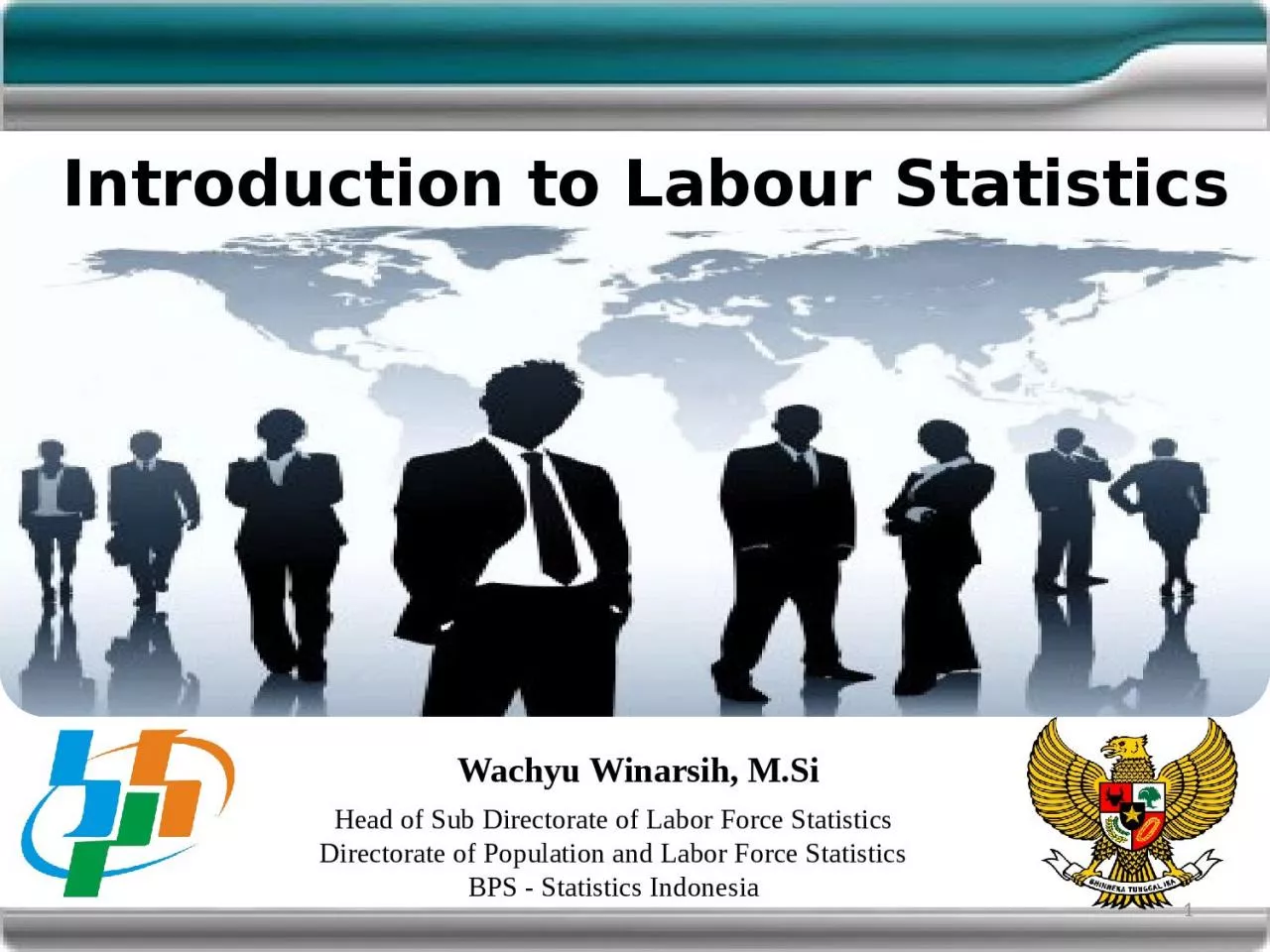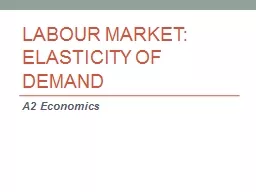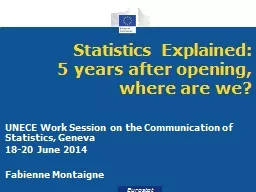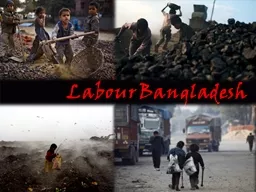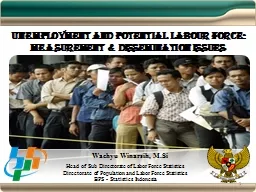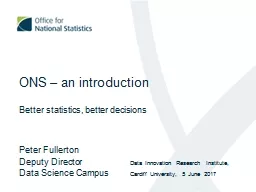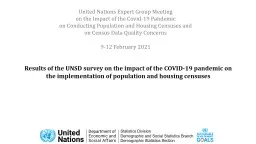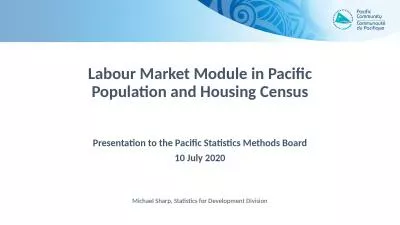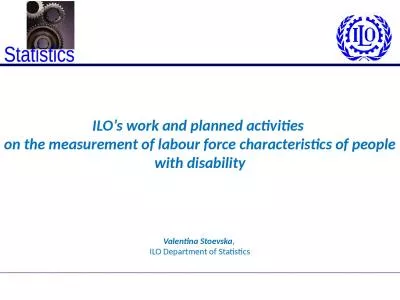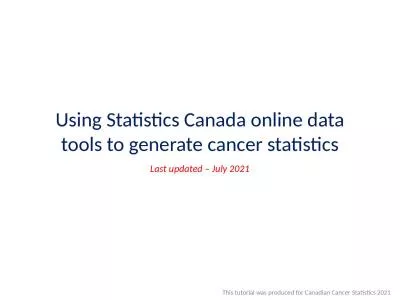PPT-Introduction to Labour Statistics
Author : blanko | Published Date : 2023-10-31
Wachyu Winarsih MSi Head of Sub Directorate of Labor Force Statistics Directorate of Population and Labor Force Statistics BPS Statistics Indonesia 1
Presentation Embed Code
Download Presentation
Download Presentation The PPT/PDF document "Introduction to Labour Statistics" is the property of its rightful owner. Permission is granted to download and print the materials on this website for personal, non-commercial use only, and to display it on your personal computer provided you do not modify the materials and that you retain all copyright notices contained in the materials. By downloading content from our website, you accept the terms of this agreement.
Introduction to Labour Statistics: Transcript
Download Rules Of Document
"Introduction to Labour Statistics"The content belongs to its owner. You may download and print it for personal use, without modification, and keep all copyright notices. By downloading, you agree to these terms.
Related Documents

